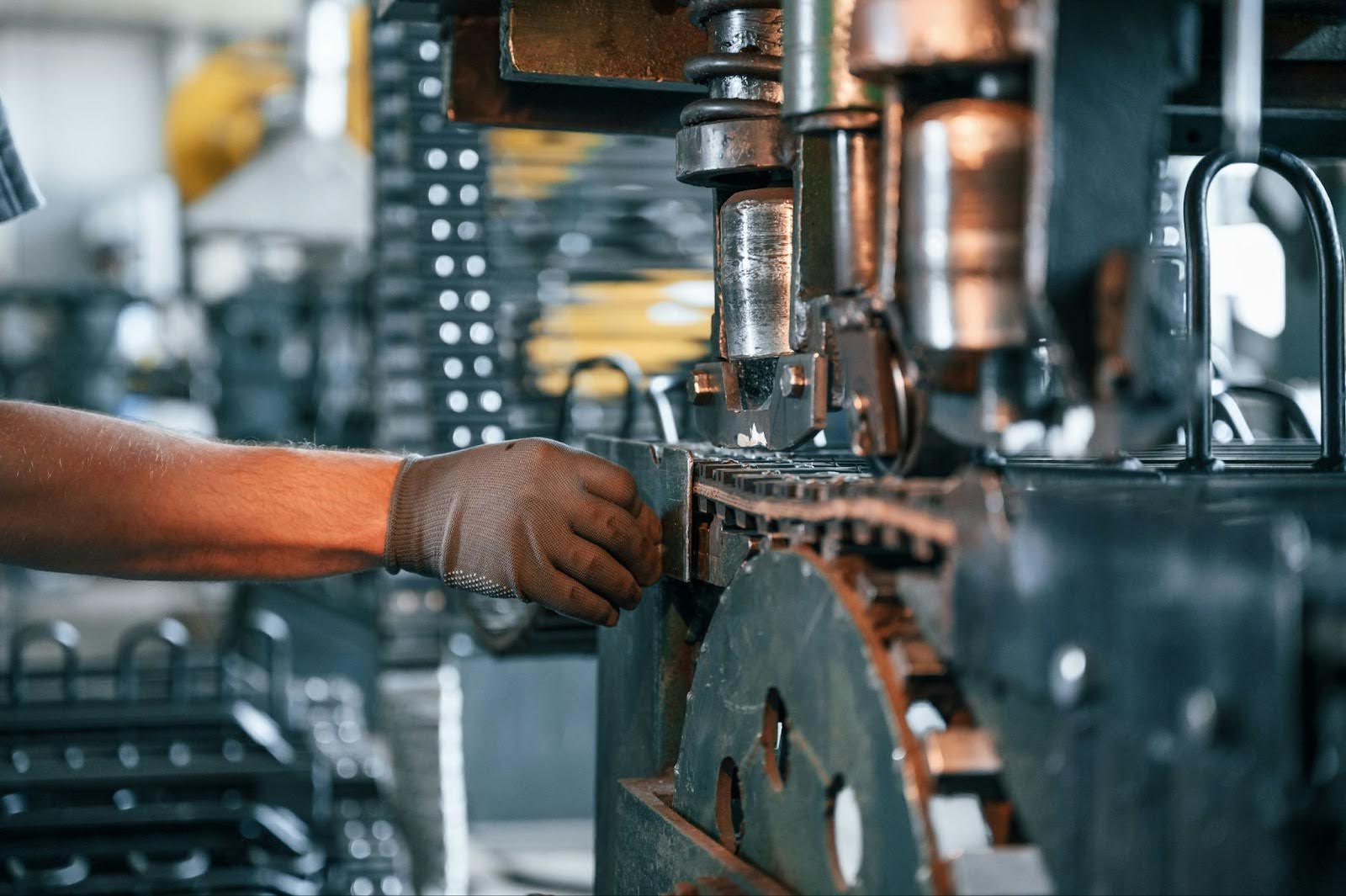One of the toughest things I could grasp when I first started running a company was differentiating inventory from fixed assets. Although they are both under the category of assets, their classification, tracking, and management differ most importantly. These two types of assets have different uses in the company; hence, good asset management and financial decision-making depend on an awareness of the differences.
In this post, I’ll explain the main distinctions between inventory and fixed assets, gently mentioning fixed asset software so you can grasp how each performs inside a company and why proper management of them is so crucial.
What Is Inventory?
First, let’s consider inventory, which comprises every item a company either uses or markets during manufacturing. For a retail store, for instance, your inventory is the assortment of goods you offer to consumers. Should you run a manufacturing company, your inventory would consist of completed goods, work-in-progress items, and raw supplies.
To address a frequently asked question now: Is inventory an asset? Indeed, inventory is regarded as a current asset. This means that usually, within a year, it’s something you can rapidly turn into cash as part of your normal business cycle. For instance, clothes sales in a retail store bring in money for the business.
Inventory is a current asset; thus, it should be used or sold over a brief period. This distinguishes it from long-term assets like property or machinery meant to support the company over several years.

Can Inventory Be Depreciated?
Another quite common question is, Can inventory be depreciated? The answer is no. Depreciation pertains to long-term assets subject to obsolescence or wear and tear that gradually lose value. Inventory, being a short-term asset with a different use pattern than fixed assets, is not depreciated. Rather, inventory is expensed when sold; your income statement shows the cost of goods sold (COGS) reflecting this.
Key Points About Inventory:
- Inventory covers manufacturing products, raw supplies, and goods for sale.
- Within a year, this current asset should be convertible into cash.
- Sold inventory is expensed rather than depreciated.
What Is a Fixed Asset?
Conversely, fixed assets are long-term assets used in companies to run across an extended period of time. These comprise buildings, machinery, computers, and vehicles—that is, practically any major piece of equipment or property the business owns that will be used for more than a year.
What is a fixed asset? A fixed asset is a physical, tangible item bought by a company for long-term use. These resources help the business run but are not directly sold to consumers like inventory. A company truck or piece of manufacturing equipment, for instance, is a fixed asset since it is essential in producing income over time but not a product the company intends to market.
Fixed assets are usually subject to depreciation as they age or become obsolete. Depreciation reflects an asset’s declining value year after year and distributes its cost over its useful life.

Key Points About Fixed Assets:
- Among fixed assets are operational-related property, machinery, tools, and vehicles.
- These are long-term assets meant for use over several years.
- Depreciation of fixed assets helps to adjust for obsolescence or wear and tear.
Intangible Assets: A Special Category of Fixed Assets
Furthermore, it is crucial to note that not all fixed assets are physical. Though they lack a physical presence, intangible assets, including patents, trademarks, and software, fall under the same category and are rather difficult to monitor. Like physical fixed assets, these assets still have long-term worth and can be amortised or depreciated over time.
For instance, that patent your company owns for a product is regarded as an intangible asset. Although you cannot handle it like a piece of equipment, your business will benefit from it, and it will be devalued similarly over its useful lifetime.
Is Inventory a Current Asset? Yes, and Here’s Why It Matters
As mentioned, Inventory is categorised as a current asset. The difference here is significant since current assets are the tools enabling a company to remain short-term operational. Properly managing your inventory guarantees that you have the correct quantity of goods to satisfy consumer demand without tying down excessive cash.
Conversely, fixed assets are classified as long-term assets, so they require different management. For the company, these assets constitute a major outlay of funds that must be closely maintained and recorded over their lifetime.
Asset Management and Tracking Systems
Having the correct systems in place is absolutely vital when handling both fixed assets and inventory. Although inventory varies often, fixed assets are more constant but still must be precisely counted.
Many companies depend on fixed asset software to track and control long-term assets. This kind of program lets companies monitor maintenance, repair, and asset depreciation schedules. A fixed asset inventory system can also enable tracking and documenting the whereabouts and state of your assets, preventing any gaps.
Comparably, an asset tracking system lets companies track Inventory, movement, and availability. By using the appropriate tracking system, businesses can maintain an ideal balance of inventory, preventing overstocking or running out of important goods.
Inventory vs Fixed Assets: A Summary of the Key Differences
Let’s dissect the main variations between fixed assets and Inventory:
- Nature of the Asset: Inventory is short-term and intended for sale, while fixed assets are long-term and intended to support business operations.
- Depreciation: Inventory is not depreciated but expensed when sold. Fixed assets are depreciated over their useful life to reflect wear and tear.
- Asset Type: Inventory is a current asset because it’s expected to be turned into cash within a year. Fixed assets are long-term and used over several years.
- Usage: Inventory represents goods for sale, while fixed assets include machinery, property, and equipment used in the business.
- Management: Inventory is tracked for movement and sales, while fixed assets are tracked for location, condition, and depreciation.
Final Thoughts
In my experience, managing a company’s financial situation depends on knowing the distinctions between inventory and fixed assets. Although both are vital, they play rather different functions. While fixed assets support long-term growth by keeping operations running efficiently, inventory is all about keeping cash flowing through sales.
By means of appropriate asset management and tracking systems, you can guarantee that your company maintains control over both its current and long-term assets. Whether you are tracking inventory levels or handling fixed asset inventory, knowing each type of asset will enable you to remain competitive and make better commercial decisions.
Clearly separating inventory from fixed assets will help you to maximise your operations, guarantee accurate accounting, and preserve a strong balance sheet.
Published by: Nelly Chavez

















